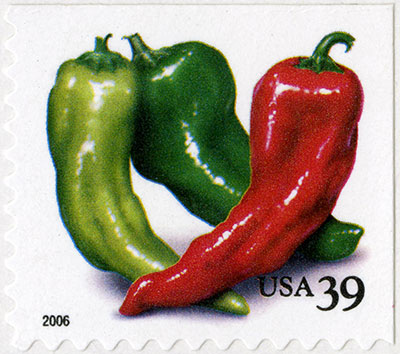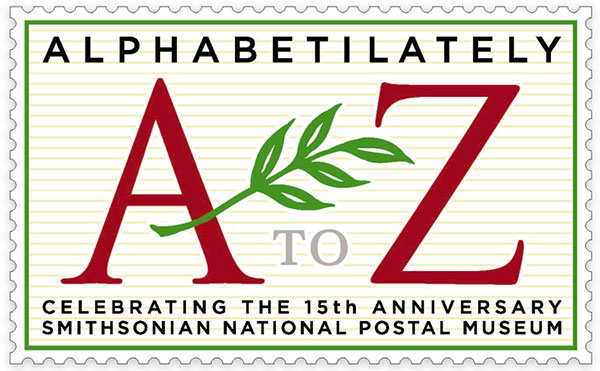Back to School Means Back to School Tours!
By Jeff Meade, School and Tours Coordinator
A loud rendition of the ABC’s rang out through the National Postal Museum today, signaling the unmistakable start of another great year of school tours. The cacophony of 18 three- and four-year olds singing really is magical, and we even had a few visitors join in to sing the ABC’s with us. The song announced that the pre-kindergarten Listen, Look and Do program had begun again, featuring Hispanic Heritage through a study of culture and cuisine. What better way to engage young students than through song, the alphabet, and of course, food!

The Listen, Look & Do program begins by Listening to a book about a museum object or theme, followed by Looking in the museum for connections to the book selection. We finish the program Doing a fun craft activity that ties the book and tour together. The best part about the tour is that we feature a different children’s book each month, so many groups visit the museum several times throughout the school year. Visiting several times creates a familiar learning environment for young students, and the kids really enjoy going into the same museum galleries with a completely different focus. Also, the kids recognize our museum educators and really become friends with the museum.

This year’s kickoff tour featured the alphabet book, Gathering the Sun, written by Alma Flor Ada and beautifully illustrated by Simón Silva. The book focuses on the importance of agriculture and team work for a Hispanic community, and we built on those ideas by emphasizing food and working together. We identified letters in our names with each of the colorful pages, and thought about the different foods featured in the pictures. Of course, we couldn’t read an alphabet book without singing our ABC’s!
The tour naturally led us into the Alphabetilately exhibit, or better known as “A to Z.” Once again, we sang our ABC’s very loudly, and even had a few visitors join in with us! The A to Z exhibit uses each letter of the alphabet to introduce a different aspect of stamp collecting and features three-foot high colorful letters under each category for young audiences to use. And use we did! The students first located one of the letters in their name, and then announced their favorite food to the rest of the group. We also revisited some of my favorite letters from the book, the letters emphasizing team work. Each of my favorite letters also featured pictures of people performing different farming tasks, so we used a little theatrical interpretation to find out what farming might actually look like.
The emphasis on food and teamwork led us to the Doing part of the activity. I cut huge pieces of white paper and draped them over the activity tables we use, and sat six students at each table. The children had the task of discussing their favorite foods, and how they would draw a big lunch party! After a few minutes of discussion, each table received a box of crayons and began drawing. We drew lines between our favorite foods and our friends’ pictures of foods that we might want to eat too, which encouraged the students to recognize how they share similarities with their friends. Of course, this drawing activity worked up quite an appetite, and I barely had time to pick up the crayons before the children began devouring the real lunches they had brought with them! Overall, the program was a great success, and I hope each of the other school programs for the year are this much fun!
The Listen, Look & Do program is very unique with it’s emphasis on changing content and repeat visitation. The program focuses on Smithsonian heritage months this year, emphasizing the diversity of American culture. The program also emphasizes visual and performing art as interpretation tools for young audiences. Many of the groups participating in the program have been coming here for a long time, and they really are museum friends. In fact, a comment from today’s visiting teacher summarizes how important this tour is for her students by saying “everyday at school children learn to work together in groups. They learn how to take turns, and I think all the children had a lot of fun making pretend food for all their friends…” I couldn’t have said it better myself!

